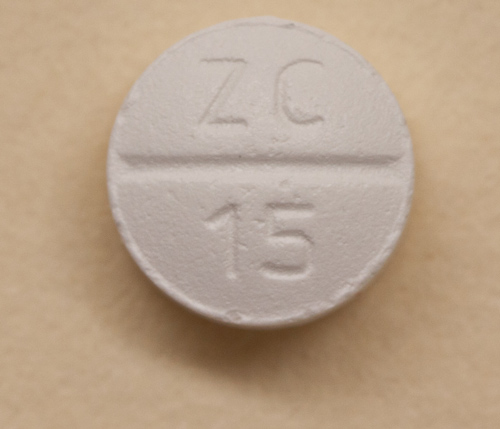
Therapeutic Classification: antianxiety agents, antidepressants
Pharmacologic Classification: selective serotonin reuptake inhibitors ssris
BEERS REMS
Absorption: Completely absorbed following oral administration. Controlled-release tablets are enteric-coated and control medication release over 4–5 hr.
Distribution: Widely distributed throughout body fluids and tissues, including the CNS.
Protein Binding: 95%.
Half-Life: 21 hr.
Contraindicated in:
Use Cautiously in:
May ↑ risk of suicide attempt/ideation, especially during early treatment or dose adjustment; this risk appears to be greater in adolescents or children
;CV: chest pain, edema, hypertension, palpitations, postural hypotension, tachycardia, vasodilation
Derm: sweating, photosensitivity, pruritus, rash, STEVENS-JOHNSON SYNDROME (SJS)
EENT: blurred vision, pharyngitis, rhinitis
Endo: SIADH
F and E: hyponatremia
GI: constipation, diarrhea, dry mouth, nausea, ↓appetite, abdominal pain, dyspepsia, flatulence, taste disturbances, vomiting, weight loss
GU: ↓libido, delayed/absent orgasm, ejaculatory delay/failure, erectile dysfunction, genital disorders, infertility, urinary disorders, urinary frequency
Hemat: BLEEDING
MS: back pain, bone fracture, myalgia, myopathy
Neuro: anxiety, dizziness, drowsiness, headache, insomnia, weakness, agitation, amnesia, confusion, depression, emotional lability, hangover, impaired concentration, malaise, NEUROLEPTIC MALIGNANT SYNDROME (NMS), paresthesia, SUICIDAL THOUGHTS/BEHAVIORS, syncope, tremor
Resp: cough
Misc: chills, fever, SEROTONIN SYNDROME, yawning
Drug-drug:
Drug-Natural Products:
Depression
Obsessive Compulsive Disorder
Panic Disorder
Social Anxiety Disorder
Generalized Anxiety Disorder
Post-Traumatic Stress Disorder
Premenstrual Dysphoric Disorder
Menopausal Vasomotor Symptoms
Renal Impairment
Hepatic Impairment
Assess for suicidal tendencies, especially during early therapy. Restrict amount of drug available to patient. Risk may be ↑ in adults ≤24 yr. After starting therapy, young adults should be seen by health care provider face-to-face at least weekly for 4 wk, then every other wk for next 4 wk, then at 12 wk, and then on advice of health care provider thereafter.
Lab Test Considerations:
Advise patient, family, and caregivers to look for suicidality, especially during early therapy or dose changes. Notify health care provider immediately if thoughts about suicide or dying, attempts to commit suicide, new or worse depression or anxiety, agitation or restlessness, panic attacks, insomnia, new or worse irritability, aggressiveness, acting on dangerous impulses, mania, or other changes in mood or behavior.